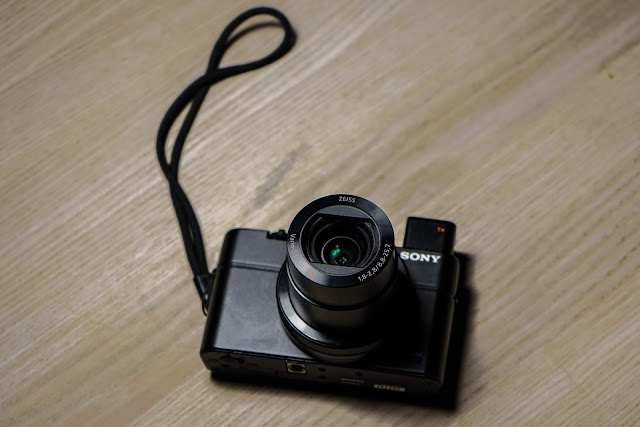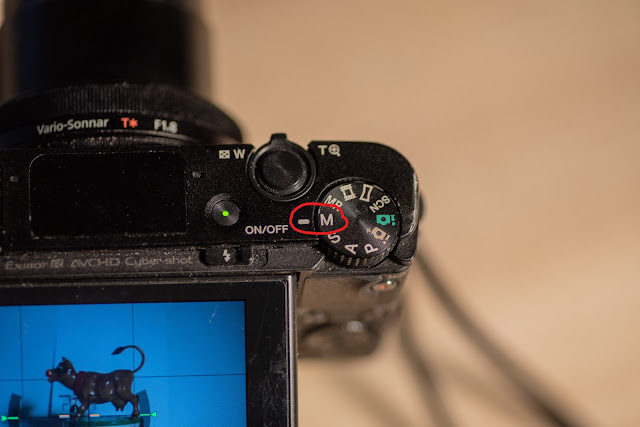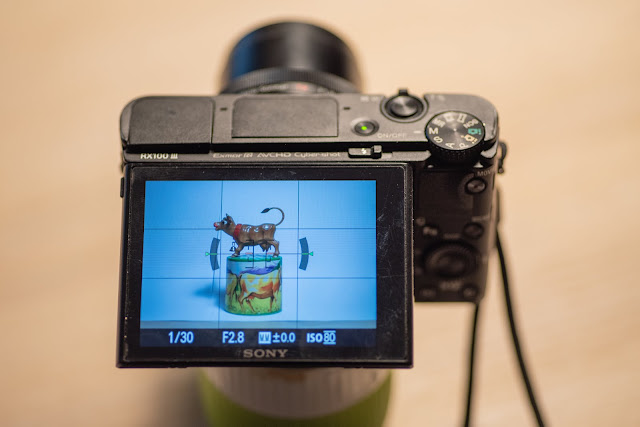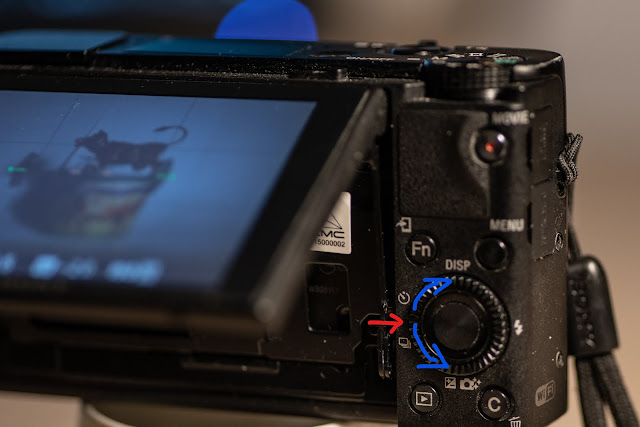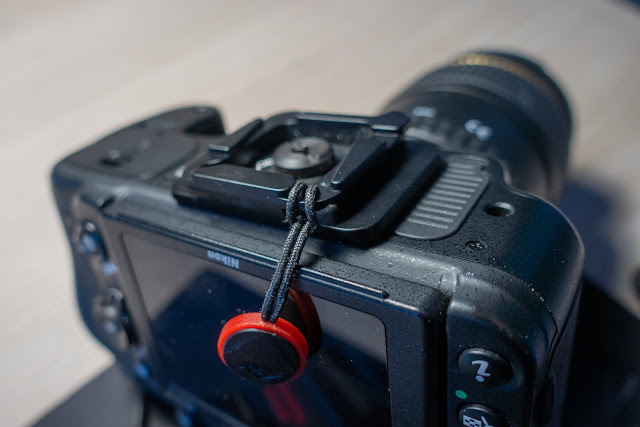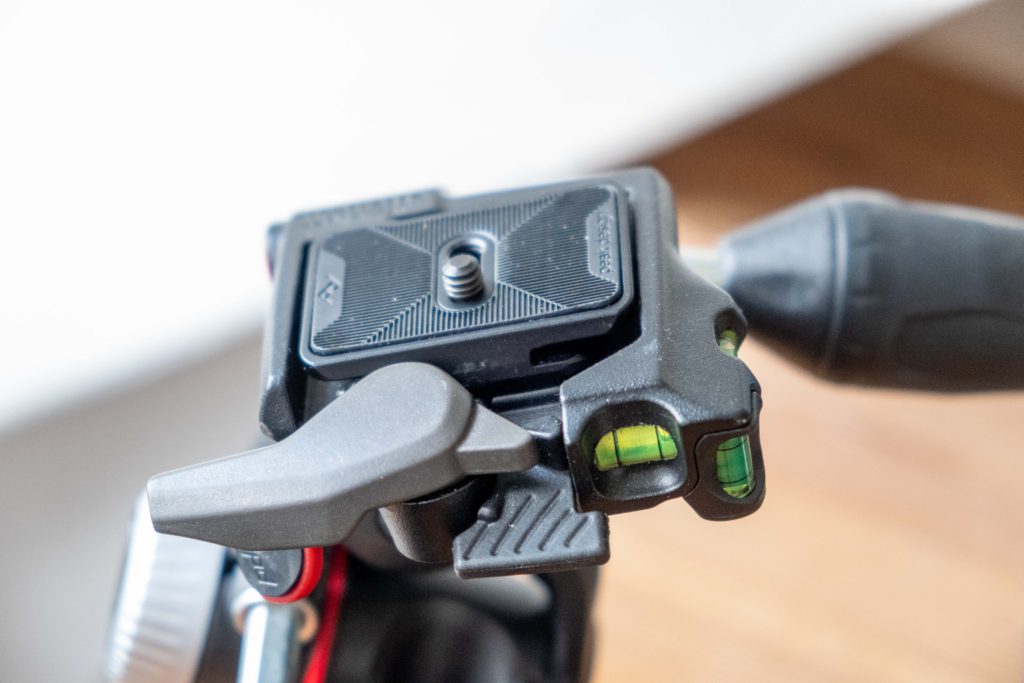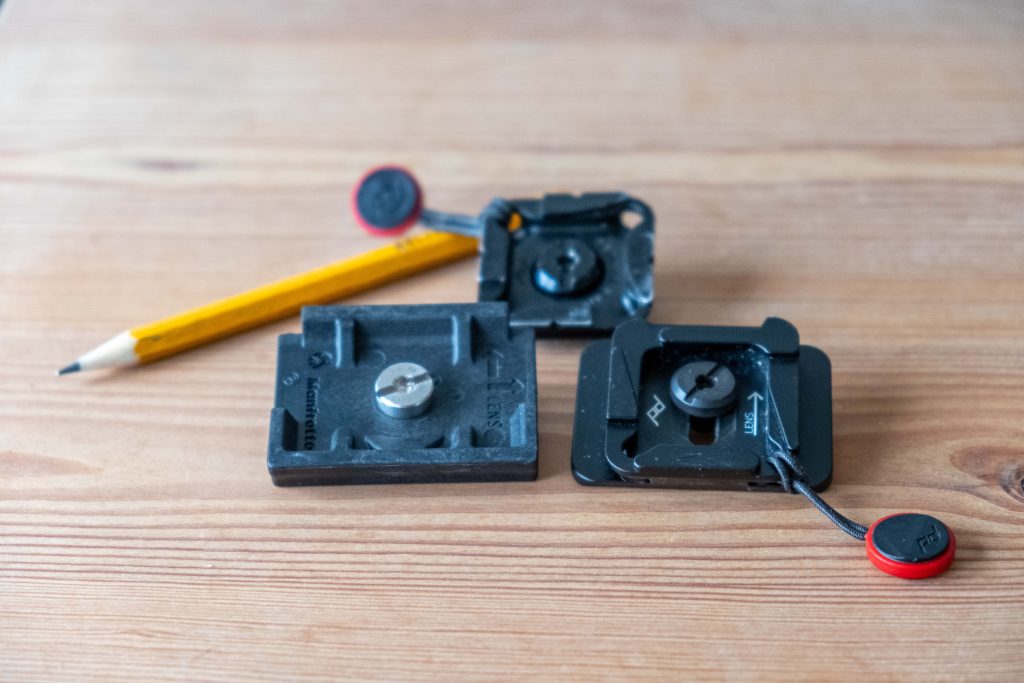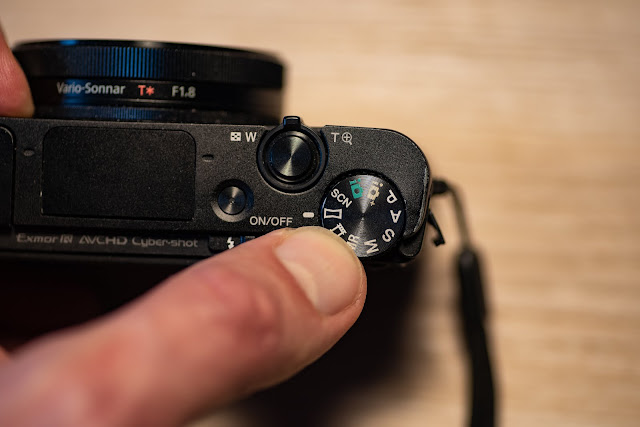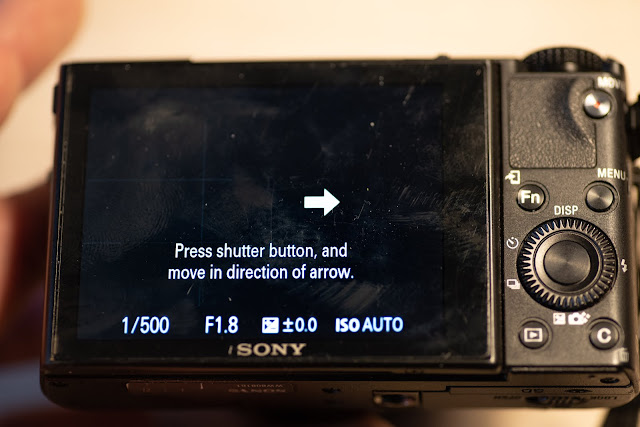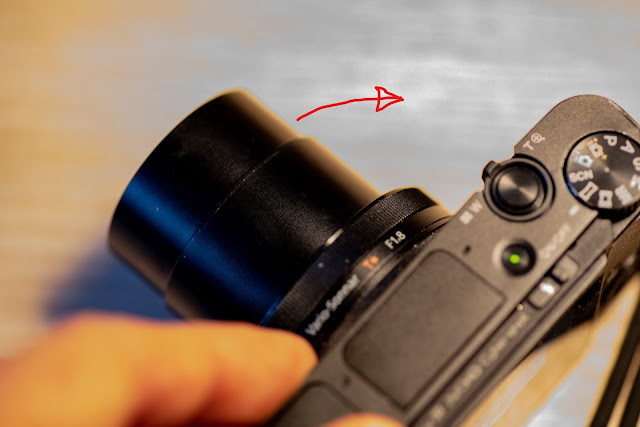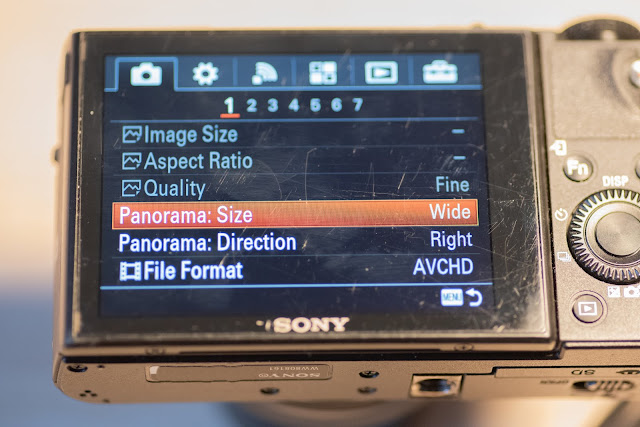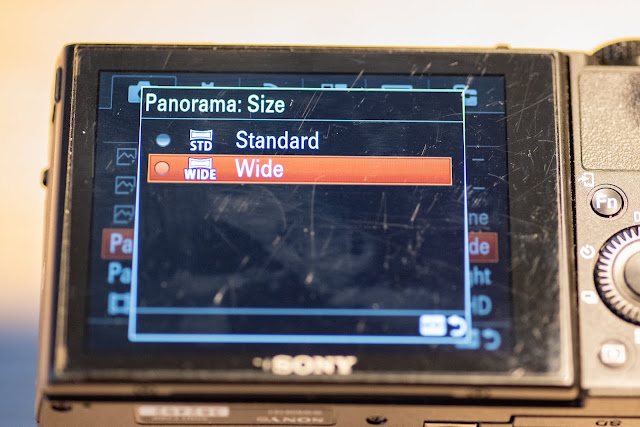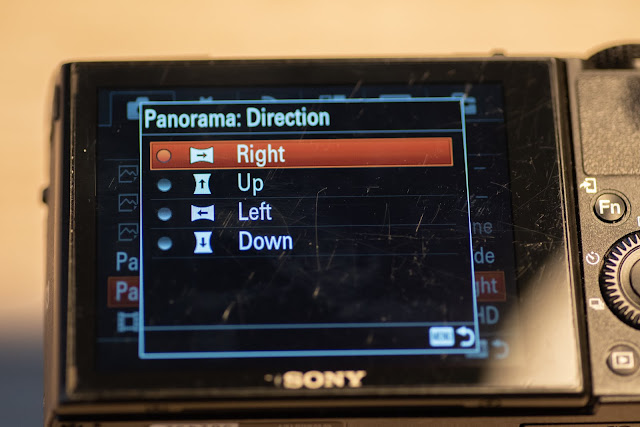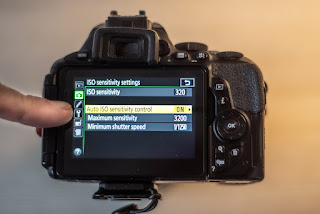Helios 44-2 58 mm
The Helios 44 is one of the most debated lenses in photography forums and youtube videos and I imagine the reason probably being:
- You can get a copy for 50 USD or maybe even lower with a bit of luck
- There were literally millions of copies made, so the supply is endless and gives a low price (I know some complaint the price has gone up, but really: 50 USD for a fairly good 58mm prime lens?)
- Its bokeh is know to be swirly or at least different from what you see with other lenses
- The lens is OK sharp if you you are so lucky to get a decent copy
- Mirror less cameras have given a revival to vintage lenses with the focus aids like focus peak and focus highlight, making the vintage lenses in general more attractive than in the DSLR days
So in short, it is so cheap that there is a copy for everyone, and this in combination with the myth around the bokeh probably makes this lens both realistic and attractive for a large crowd.

History
The Helios lens was made from sometime in the 1960s to the early 1990s in Russia, and rumors has it that it was an attempt to copy a zeiss lens from that time. Although the ambition to make an “as good as zeiss copy” was not fulfilled, the Helios is still a good lens even with the standards of 2019. There were MANY copies made, some for export, others for the local market, so you can get a copy from Russia or Ukraine where the “helios” is written with Russian letters – pretty cool!
The Helios comes in many different versions, 44 were the first ones produced, then followed 44-2 and up to 44-7. The improvements were minor, probably improvements in coating, but I understand there is no dramatic improvement in the later models compared to the early ones. I have no complaints regarding my 44-2 copy.
Price
As stated above, the lens can be found used on e-bay and amazon. Always used, as they are not produced anymore. The price is typically around 50 USD, but many report that they have got copies down to 20 USD and at flea markets it should be possible to find them even cheaper. Often they served as kit lens for a zenith camera, and many get the lens for almost nothing, pretending to be more interested in the zenith camera than the lens as such.
If you buy this lens in Russia or Ukraine via the net, be aware that postage costs to e.g. Europe can be quite significant relative to the price of the lens. Remember also to set off some money for a adapter for this lens (M42). They come cheap and quality is usually ok, also for the cheapest ones, but if you are on a budget, both postage costs and adapter should be included in the total price before making a purchase decision.
Copy variation is an issue. I do not know why, but my guess is that quality control varied back in the days when it was produced, or the quality was dependent on individuals performance in the production line. Whatever the reason, quality varies and it is a bit of a lottery, so if at all possible, see if you can test your copy before making the purchase decision.
Characteristics
First and foremost this is a manual lens – no auto focus, no CPU contact, no metering, nothing. Just glass. So if you are not comfortable with manual focus or EXIF information in very important to you, then this lens is not for you. Secondly, it is a prime lens, so if zoom is important to you, you probably want to look elsewhere.
The lens is well built, all metal and surprisingly light IMO (warning: I am used to Nikon vintage glas!). The focus throw is long (270 dgrs) and reminds me of the Samyang 14mm lens – you turn and turn and turn, and then some more!
At 58mm and with full frame coverage, this ens is excellent for portraits, flowers, still life, product shoots or basically any stable subject that is not too far away. Maybe even street photography if you are a manual focus shark! But the classic use for this lens is portrait as far as I can tell from the blog posts. I use it mainly for flowers and product shoots.
At f/2 it is a reasonably fast lens, and it has a dual aperture control system, so that you can limit the upper limit of the variable aperture. I am not a video shooter, but supposedly this feature is valued by video shooters. The aperture does not move in clicks but is completely step-less, another feature that video shooters appreciate. The aperture ring on my copy is wobbly to say the least – if fear it will fall off any day soon! Aperture range is form f/2 to f/16. The focus ring has a loooong throw – around 270 degrees.
Distortion, vignetting and CA is seldom an issue for me, so I have not really looked into this in details, but I understand from others that the lens does OK here.
Color rendering I find to be quite natural, maybe at bit more warm than what I am used to from my Nikon lenses, but very pleasant (others report the opposite, so opinions are a mixed bag here).

Flare control in my experience is non-existing! Maybe this is a bit harsh, but it is not super well controlled, and some video shooters actually use the as a creative feature rather than trying to suppress it. I find as a stills shooter that the flare can be reduced surprisingly much by closing down the aperture just a little bit, so you may give that a try if flare with this lens bothers you. A lens hood should also help mitigate the flaring.
Sharpness is excellent, especially center sharpness. All the way from f/2. When you stop down, the corner sharpness improves a lot, and at f/8 I dare to call this a very sharp lens edge to edge, even compared to modern lenses of 2019. Contrast is good, but only when you are in the clear when it comes to flaring or you have some bright light in the frame.
Bokeh
The bokeh is what most talk about when it comes to this lens, and it is special. Probably due to a construction error, the bokeh balls of this lens gets oval towards the corners, which is probably the reason for the swirly reputation. Take a look at these two picture, taken 20 seconds apart with a slight variation in composition.
Notice the bokeh ball in the top right corner – here it is nice and round:

But moving the camera just a little bit so the bokeh ball now is closer to the corner, you see that the ball now is more oval than round:

All lenses probably has this characteristic, but the Helios simply enhances or exaggerates making the out of focus areas oval. In order to make the best use of this (swirly) effect, you ideally need either a lot of small lights surrounding your subject, or some sort of structure that will reveal the bokeh distortion.
See this example of an ordinary hedgerow, nothing special going on here, other than maybe a foreground out of focus:

But if you zoom in on the foreground, the notice what happens to especially the background to the right – all of a sudden circles appear:

The same subject with my beloved Nikkor 50 mm 1.4D at f/1.4 gives this where the bokeh balls do not have this swirly effect:

So with a subject right in the middle of the frame, you can get this swirly effect of circles encompassing the subject, giving a dreamy effect:

In conclusion
So who is this oddball of a lens for? If you fall into one of these categories, I think this lens is for you:
- You find the bokeh effect great fun and want to see what you can do with it
- You think it is good sport to find a lens at a bargain, that performs well
- You are new to photography and want to try something more than the kit lens on your camera without breaking the bank
- You are a on a very tight budget
This lens is definitely not for you if:
- You are not comfortable with manual focus
- EXIF information is vital for you
- Good flare control is a must
- Corner sharpness fully open is important
- You are not comfortable with the lottery of getting a good copy
Related reading
Review: Nikon AF-S 85mm 1.8G lens
Nikkor 50mm 1.4D versus Nikkor 50mm 1.8G AF-S – which one to go for?








